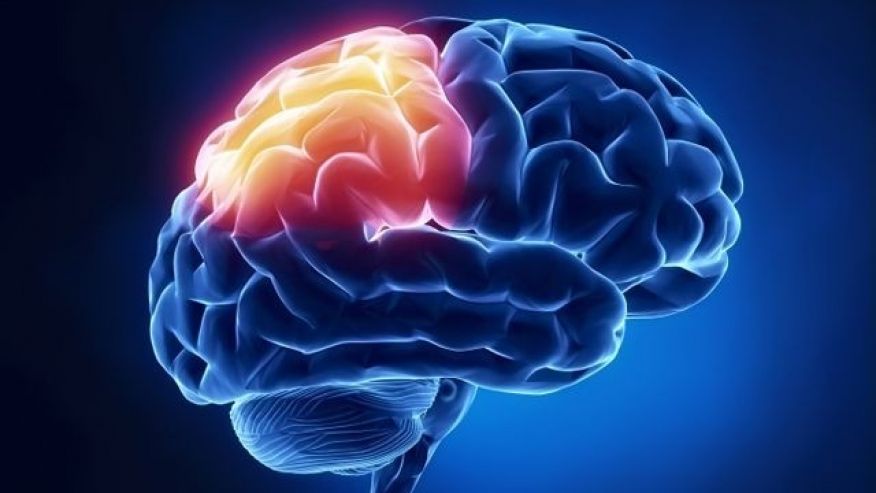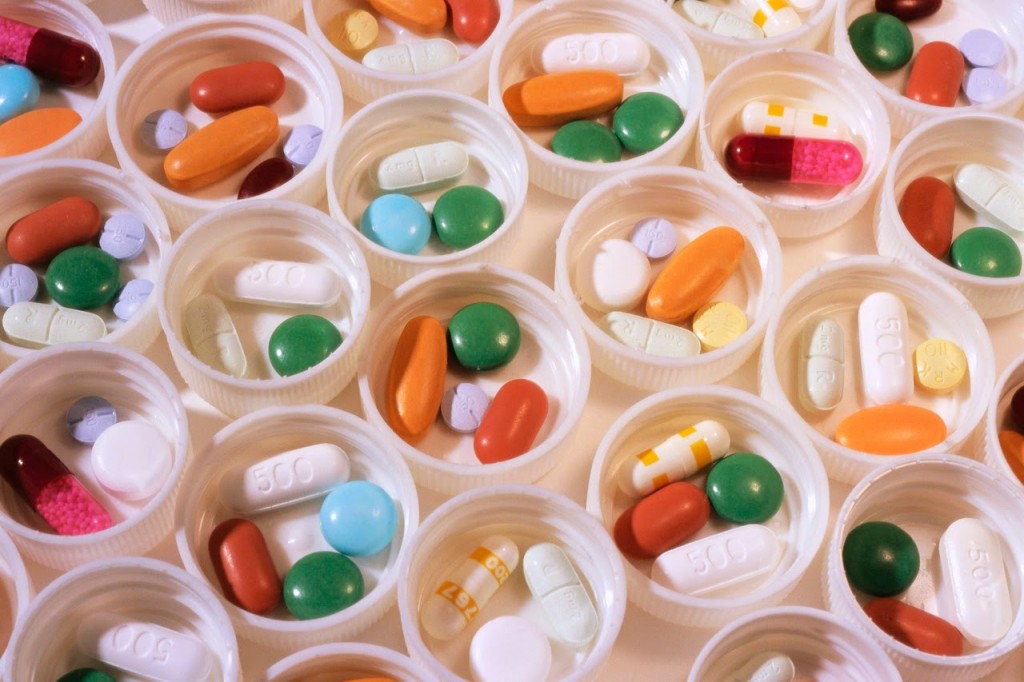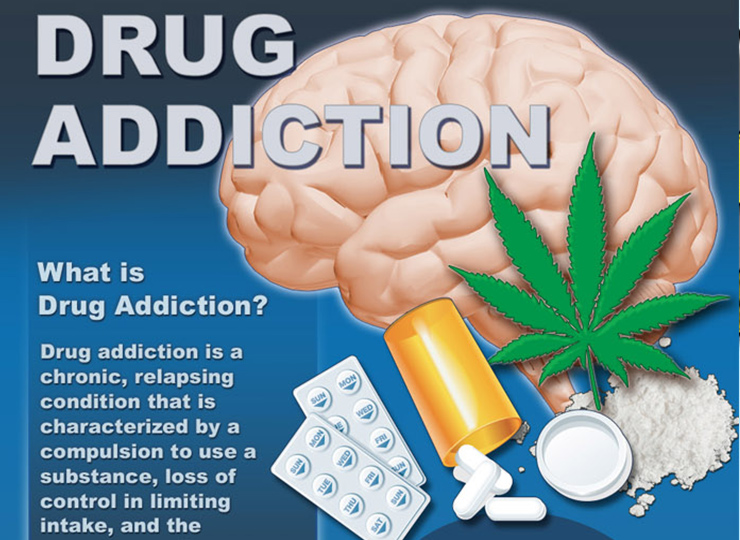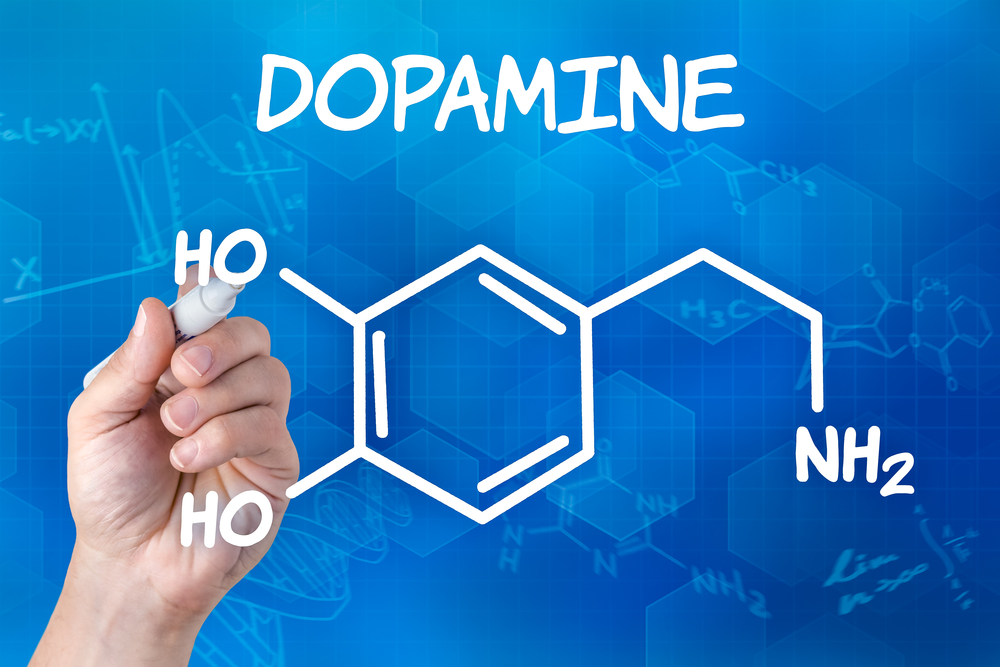Brains communication system

Brains communication system can be very vulnerable to drug addiction and needs to be free from any substances of abuse
Brains communication system: Addiction chemical alteration to the brains functions
New neural pathways are formed as an addiction develops. This is because addiction chemical alteration to the brain’s communication system takes effect with such intoxications. In other words, when you take drugs away, the brain will revert again to form new neural pathways. Neuroplasticity explains why the initial period of recovery is difficult and uncomfortable. But the good news is that this difficulty is only temporal. Speaking to the experts at AWAREmed Health and Wellness Resource Center about addiction chemical alteration, doctor Akoury MD registers that this piece of information is very helpful to especially when attempting recovery. From our previous illustration where a tree fell on the usual pathway and so you needed to navigate to get through, some difficulties could be experiencedd. In the same way, when undertaking the recovery journey in addiction treatment, it can be difficult and uncomfortable while these new neural pathways are forming. As long as the recovering person does not give up during this initial period of discomfort, new neural pathways will form that support recovery. These new pathways will become more established and better developed over time. As they do, recovery becomes easier and more comfortable thereby defeating any addiction chemical alteration to the functions of the brain.
Brains communication system: Effects of addictive substances
Going by the facts mentioned above about the adaptive and the dynamic qualities of our brains to ensure our survival, I want to be persuaded that you are now somewhere as far as keeping your brain healthy. The next point I want to raise on how addiction changes the brain’s communication pathways may be quite unfortunate. Why do I say so, it is because the brain’s ability to be so adaptive is also at the root of addiction. Doctor Akoury says that the brain has the ability to adapt not only to the harmless substances and activities but also to the strong effects of addictive drugs and activities. And when it does, there will be damaging changes happening in the brain regions which are associated with reward including the memory and emotion, decision-making and stress regulations. These changes to our brain make the repeated use of addictive substances or activities very compelling. The good news is that our brains’ neuroplasticity allows us to correct these changes! Therefore, although addiction chemical alteration leads to structural changes in the brain, we are capable of learning new coping skills. The brain’s plasticity allows these new coping skills to be imprinted.
Finally, we will be discussing these structural changes in the next series of articles and we want to urge you not to go away but to stay with us on the link and where possible invite a friend too. In the meantime having such powerful information about the most sensitive organ in your body the brain is very helpful in keeping you healthy. I am saying so because when you know, you will not do things that will cause harm to your health, and if you have already caused an injury, then you can take measures to remedy the situation by scheduling an appointment with doctor Dalal Akoury to professionally take your through the recovery treatment process today.
Brains communication system: Addiction chemical alteration to the brains functions
http://www.awaremednetwork.com/









